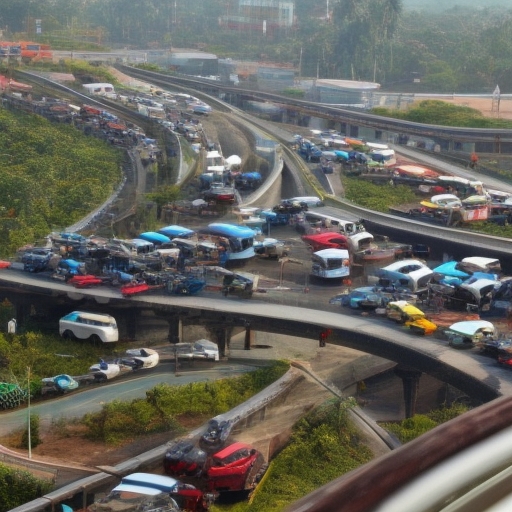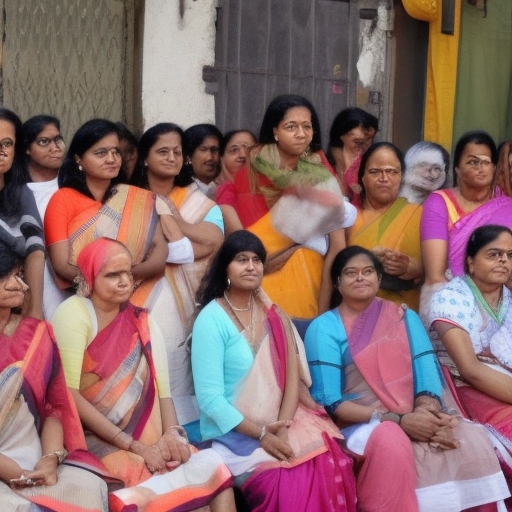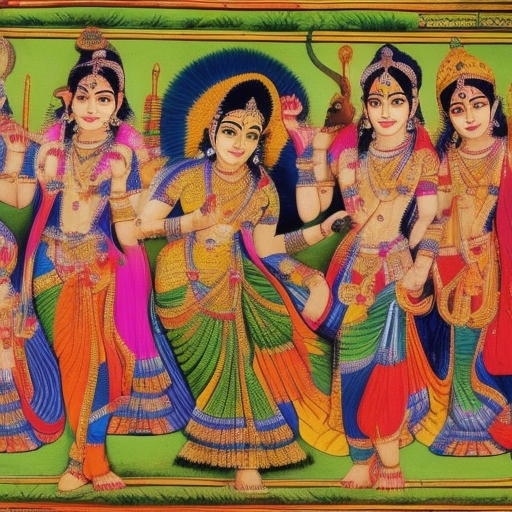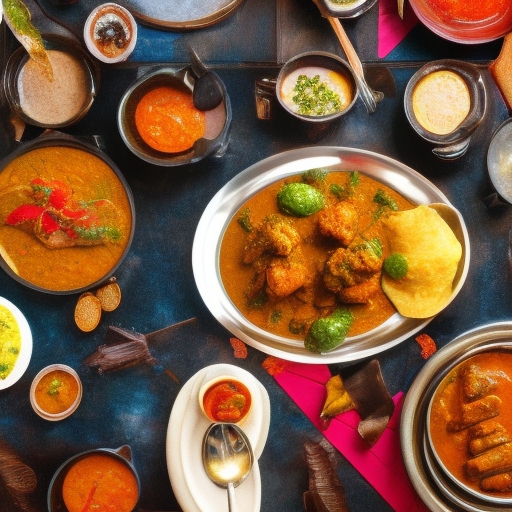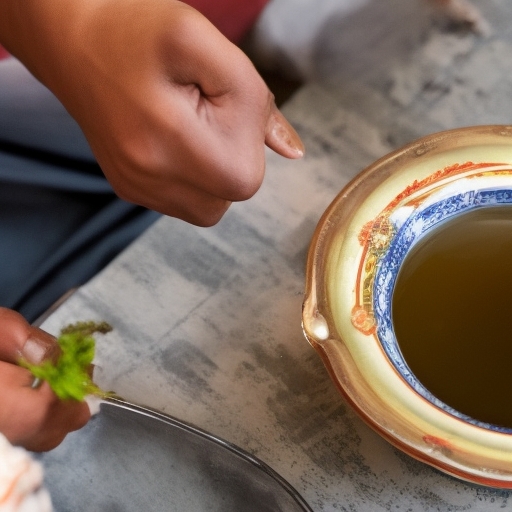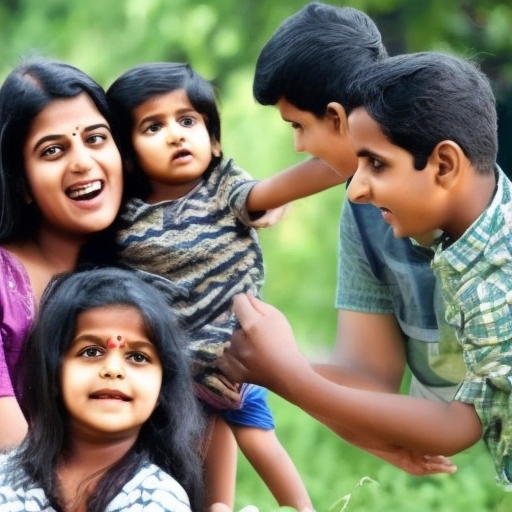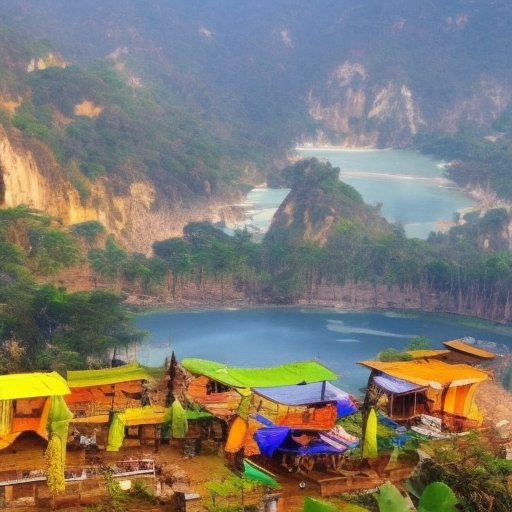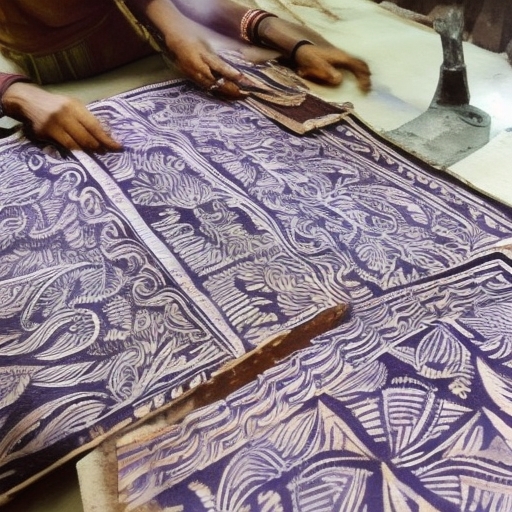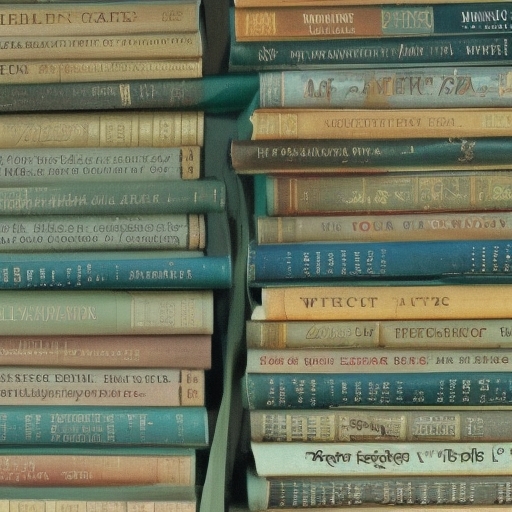Title: **Embracing the Future: Top Indian Interior Design Trends to Watch Out For in 2021**
Introduction:
Welcome to a brand-new year, and with it, a host of exciting possibilities in the world of interior design. As we move forward into 2021, let’s take a closer look at the top Indian interior design trends that are poised to make a significant impact.
1. **Sustainable and Eco-friendly Design**
In line with global movements towards environmental consciousness, sustainable and eco-friendly design is set to dominate Indian interiors this year. This trend focuses on utilizing resources efficiently, minimizing waste, and choosing materials that have minimal impact on the environment. It’s not just about aesthetics; it’s about creating spaces that are kinder to our planet.
2. **Minimalism with a Touch of Indian Artistry**
Minimalism continues to be a strong influence in interior design, but this year, we will see a blend of minimalist principles with traditional Indian artistry. This fusion results in understated elegance that showcases the rich cultural heritage of India without overwhelming the space.
3. **Bold Colors and Textures**
2021 is all about bold colors and textures that make a statement. Expect to see deep, rich hues like emerald green, sapphire blue, and burnt orange being used extensively. Additionally, natural materials like jute, cane, and rattan will be incorporated into design elements to add texture and warmth to spaces.
4. **Smart Home Technology**
As technology continues to advance, smart home technology is becoming an integral part of modern Indian interiors. From voice-activated lighting systems to automatic temperature control, these innovations not only enhance the aesthetic appeal but also offer increased functionality and convenience.
5. **Open Floor Plans**
Open floor plans are gaining popularity as they encourage social interaction and foster a sense of openness and spaciousness. This trend is particularly relevant in urban homes where space is often at a premium.
6. **Biophilic Design**
Biophilic design, which aims to connect occupants with nature, is expected to gain traction in 2021. This can be achieved through the use of plants, natural materials, and elements inspired by nature within interior spaces.
Conclusion:
As we look ahead to the year 2021, it’s clear that Indian interior design trends are evolving towards a more sustainable, technologically advanced, and culturally rich landscape. By embracing these trends, we can create homes that not only reflect our personal style but also align with our values and aspirations for a greener, more connected future. Stay tuned as we continue to explore these exciting developments in Indian interior design!
SEO Keywords: Indian Interior Design Trends 2021, Sustainable Design, Minimalism, Bold Colors, Smart Home Technology, Open Floor Plans, Biophilic Design
👉 [Best Deals on Amazon!](https://amzn.to/abcd) | [Flipkart](https://fkrt.it/xyz123)

